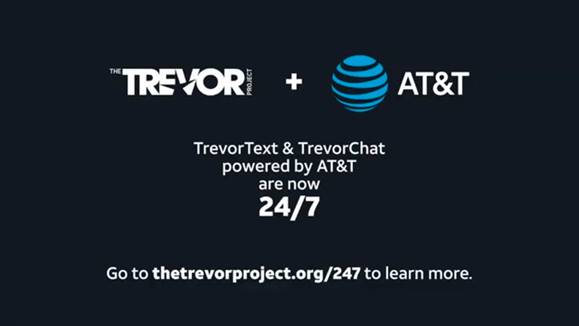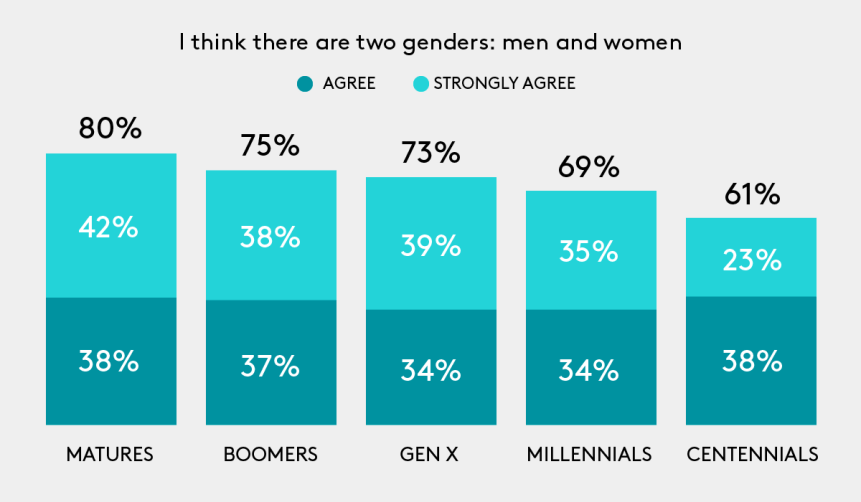For much of the modern marketing era, the LGBTQ+ community has been little more than an afterthought. Considered both too small and too risky for corporate America to court, most brands avoided associating with the LGBTQ+ community out of fear of alienating their more conservative or traditional base of customers.
However, the cultural tide has turned. As support for gay rights has skyrocketed in the last decade, brands across industries have come out of the closet and shown support for the LGBTQ+ community, often timed to coincide with June’s Pride Month (which commemorates the 1969 Stonewall Riots). But as Pride has morphed from a subversive counterculture event to an increasingly normal celebration of diversity and inclusion, a surge of well-meaning—but surface-level and opportunistic—advertising has also emerged, resulting in increased vigilance among skeptical LGBTQ+ consumers on the lookout for empty, unearned or hypocritical rainbow-washing attempts.
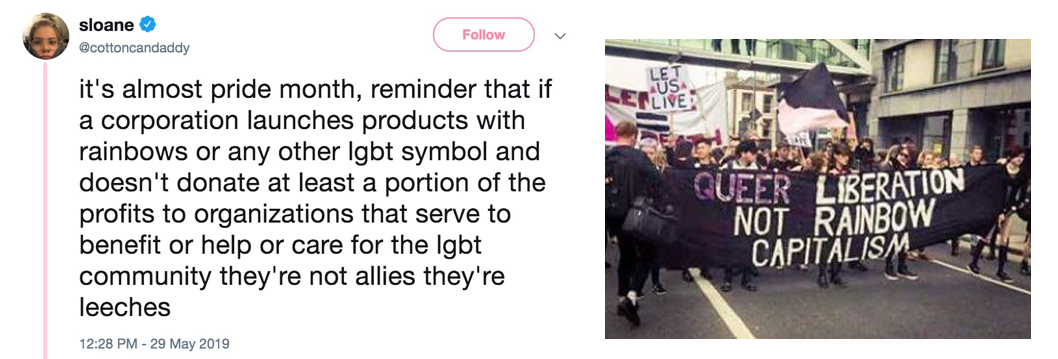
It’s clear that the bar for creating an authentic connection with the LGBTQ+ consumers has been raised. No longer is it enough to check a box on a marketing plan with a rainbow-colored flag during Pride Month; brands must now demonstrate a deeper, more substantive understanding of the hopes, dreams, aspirations and fears of this diverse and dynamic consumer segment if they expect to win the loyalty of the wider community.
The days of simply slapping a rainbow on your packaging and calling yourself ‘LGBT-friendly’ are long gone. The community demands a yearlong, enterprise wide commitment to the LGBT community within the company and in every market the company hopes to engage.
– Justin Nelson, president and co-founder, National LGBT Chamber of Commerce
But how, exactly, can your brand start on the path to becoming a true ally to LGBTQ+ consumers? An analysis of Kantar’s annual U.S. MONITOR survey of consumer attitudes, values and marketplace motivations by our Identity & Inclusion practice yields the following three critical guidelines for succeeding with the LGBTQ+ community.
#1: Walk the walk
Despite the social progress made over the last two decades, the struggle for equality—not to mention everyday security and comfort—certainly continues for LGBTQ+ consumers. Not only are they far more likely than the rest of the population to experience discrimination, but they’re also well acquainted with the need to code-switch or suppress the expression of their sexuality or gender identity to better fit in, both socially and in the workplace. Given this frustrating reality, LGBTQ+ people are on high alert for brand messages that communica te all the right things without the necessary actions behind them (e.g., a company touting equal rights at the workplace while maintaining discriminatory policies of their own place). For marketers seeking to establish a deeper relationship with LGBTQ+ consumers, the first step in the process is to get your own house in order by ensuring equal rights at the workplace. Otherwise, without the necessary permission or credibility, social media savvy LGBTQ+ consumers likely won’t be shy in letting the world know about your continued shortcoming and hypocrisy.
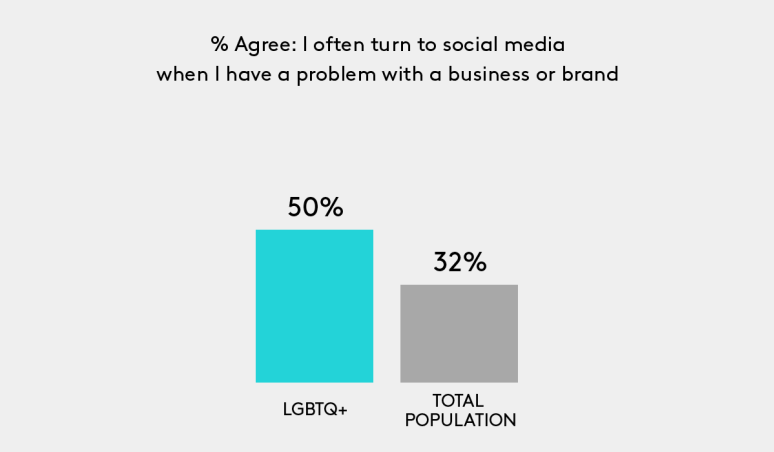
Source: 2019 Kantar U.S. MONITOR
Leading the Way: IKEA partners with the Human Rights Campaign
For this year’s Pride Month, IKEA created a rainbow-themed shopping bag, with all proceeds going to the Human Rights Foundation. In announcing the partnership, IKEA’s Diversity & Inclusion Manager said, “We believe equality is a fundamental human right and all homes are created equal. We know everyone deserves a home you absolutely love and a workplace where you can be yourself.” It’s a message that has built-in credibility for a company that has fought for many years on behalf of LGBTQ+ workplace equality and has a workforce that is recognized for its diversity.
#2: Think like a Centennial
For many older generations, issues related to sexuality and gender can be deeply uncomfortable because they challenge traditional norms and require adjustments in public behavior, language and etiquette. But for Centennials—the post-Millennial generation born in or after 1997—the more fluid, non-binary way of expressing sexuality today is increasingly commonplace and, well, normal. Consequently, Centennials can more easily recognize the full humanity and multifaceted identity that LGBTQ+ consumers share with the rest of the population. With much advertising targeted to the segment focusing on sexuality alone, differences from the rest of the population are often subtly reinforced. But by adopting a mindset akin to how Centennials view the world and by seeing LGBTQ+ consumers as fully rounded people, marketers will be better equipped to represent LGBTQ+ consumers in a more authentic, three-dimensional and accurate way.
Source: 2019 Kantar U.S. MONITOR
Leading the Way: Tiffany’s highlights universal values
A Pride advertisement by Tiffany’s featured a real same-sex couple in a way that highlighted the universal, relatable elements of their relationship like love, commitment and romance. By evolving its messaging related to an aspect of life previously unavailable to the LGBTQ+ people, the jeweler showed both empathy and inclusion, two elements critical to success with this community.
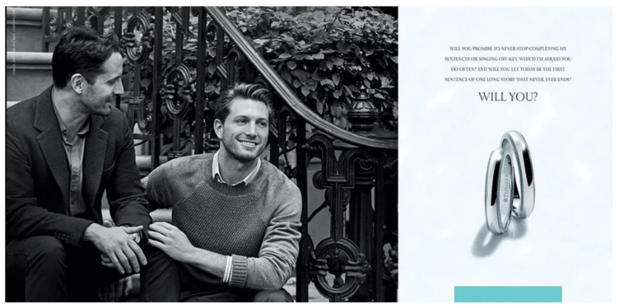
#3: Be consistent in your commitment
On the whole, LGBTQ+ consumers have the buying power, engagement with brands, interest in shopping and attentiveness to marketing messages that make them a highly desirable consumer segment. But, given the inconsistent and uneven treatment that corporate America has shown them over the years, many LGBTQ+ consumers remain distrustful of the motives of marketers targeting them during Pride Month. For brands, countering this well-earned skepticism requires not only a year-round commitment, but also a clear demonstration that your motivation is less to bolster your bottom line and more to improve the lives of the LGBTQ+ community. As Kantar’s Chief Knowledge Officer J. Walker Smith noted, “There is a new aspirational mindset on the rise, and it’s all about making sacrifices for the good of others.” For brands seeking to deepen their relationship with the LGBTQ+ community, it’s essential to show them that your motives are pure, your presence can be counted on, and that you’re doing the right thing without expectation of a profit or return on investment.
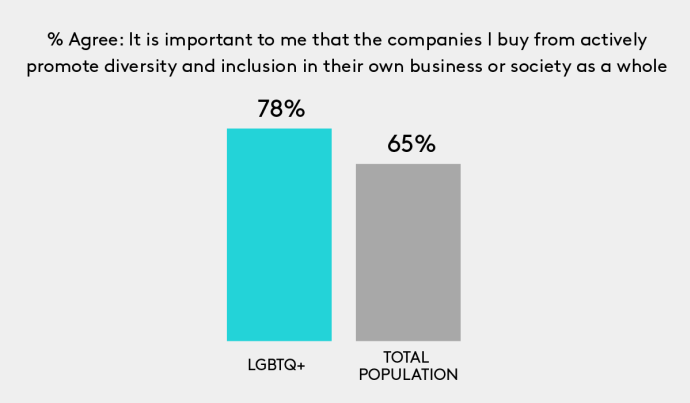
Source: 2019 Kantar U.S. MONITOR
Leading the Way: AT&T demonstrates its commitment with The Trevor Project
AT&T’s partnership with The Trevor Project, which provides suicide prevention services to the LGBTQ+ community, is a great example of a company sacrificing for the greater good. The telecommunications giant—one of the first American companies to prohibit discrimination against employees based on sexual orientation—not only donated $1 million dollars, the largest donation in the non-profit’s 20-year history, but also gave employee time and equipment to make text and chat services available 24 hours a day.
